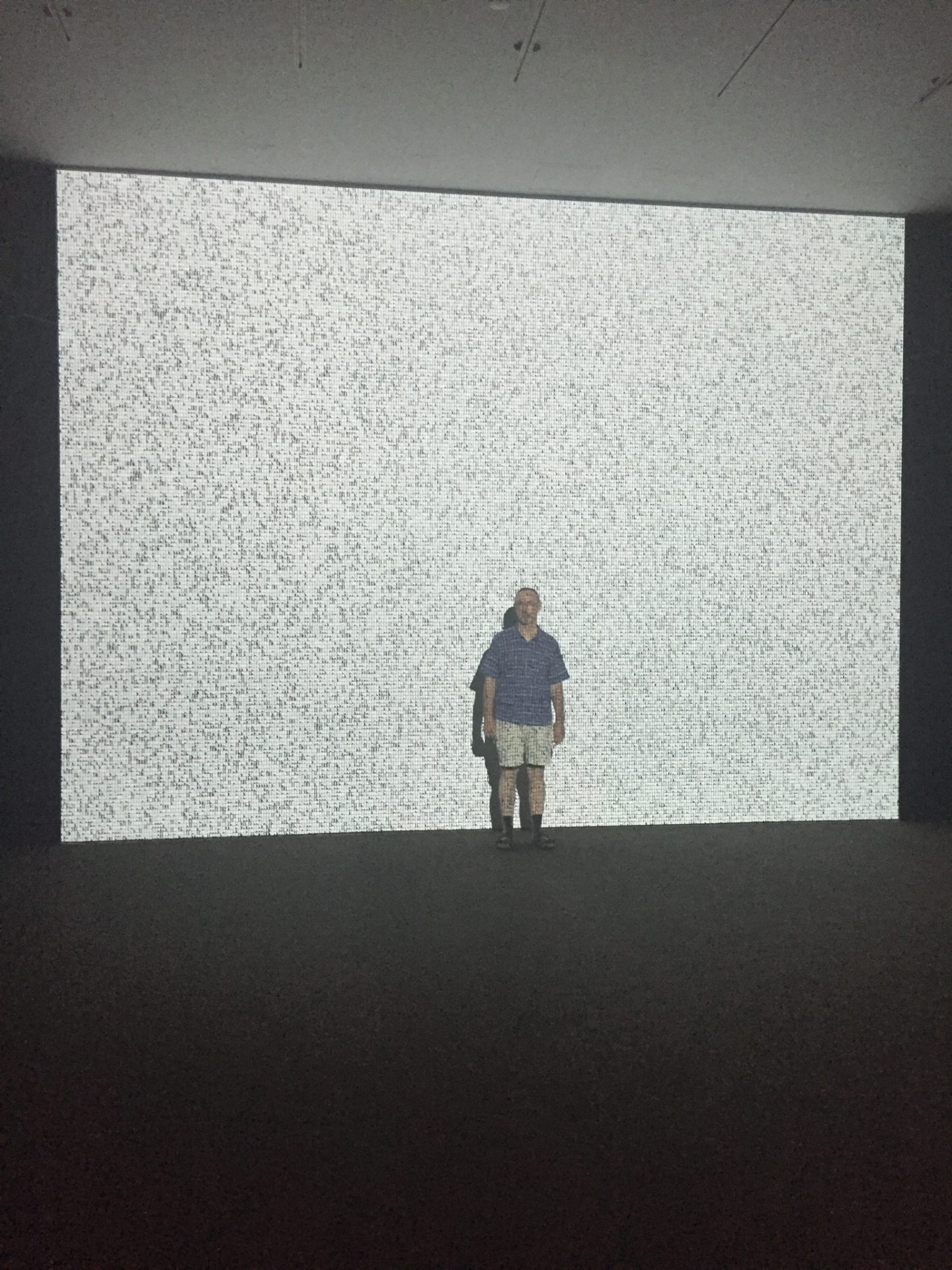WebProbe Assignment (20 marks)
Purpose: to inform the class about a critical concept, an influential text, a notable person in utopia studies, or a specific utopian community. Give the class a snapshot of the topic for the purpose of igniting interest that can be followed up later. Each student will present 2 WebProbes.
Format: (1) 5-10 minute informative report in which you (a) describe/explain the critical concept, influential person, text, or community (b) explain why you were interested in the topic and/or what the topic contributes to utopian thought or practice and (c) post the probe to the blog (300 words) with links and visuals.
Focus: briefly summarize what you find on the web about the topic. It isn’t necessary, for example, to read a whole novel or book, but you could summarize what a secondary source says about the text, person, concept, or community, making sure to cite the sources upon which your summary is based. Do not copy the source but summarize and/or paraphrase it.
Marks: 5 marks (Content: x/5—coherent, well organized summary of utopian issues, concepts, or communities; documentation; Style: x/5—speaks directly to the audience (not reading from a screen or text); the blog is visually appealing = x/10 x 2 = x/20. The mark will not be considered until both the presentation and the blog are complete.
Reports on Class Texts (10 marks)
During the semester, small group discussions and informal, oral reports will be assigned based on the texts studied in class. Students will receive 2% for their satisfactory contribution to and participation in these discussions and reports. No mark will be awarded for unsatisfactory contributions. A satisfactory contribution consists of the following: (1) responding clearly to the topic/question you’ve been assigned; not duplicating something other group members have reported (2) speaking to the group on the assigned topic.
The groups could be divided by topic and each group could focus on the same topic (although in different texts) throughout the term. For example, there could be 5 groups corresponding to 5 topics (education, political organization, gender, the arts and leisure, origins and setting/geography, etc.) as they applied to each major text on the course. The advantage of this would be that it could be tied directly to the final essay.
Group or Individual Presentations (20)
These will be creative presentations. They could range from a website or a Wikitopia page that provides a narrative, a description, and a selection of visual images about a utopian society that you’ve created (or found on the Web), to a mashup, slideshow, work of art (a poem, song, sculpture, painting, etc. from a utopian society), Craigslist or Kijiji entry, or Cornell Box based on objects that you’ve discovered from a long lost utopian planet, or one hidden in the world that has just been found, or one from the future. You will invent the narrative context of the object and the society from which it comes and explain in more detail about how the object reflects that society.
Groups of up to five people could work together. This would have to be a substantial project such as a website or wikitopia page with links and visuals. Such a project could be organized relatively easily: the group agrees on a name and narrative for the utopia and then each would individually contribute to a section of the utopia description, including education, politics, gender, the arts, etc. This would be rewarded accordingly, with top marks for creativity and organization. Such a project would take longer to present to the class as well, probably at least 45 minutes.
Individuals could also work on their own to present to the class an object from a utopia. This would take about 15 minutes with 5 minutes for questions.
Evaluation (20 marks)
Ingenuity of the narrative and the description and composition of the object (10)
Organization (coherence of the presentation and appropriate length of the presentation) (5)
Style (speaking directly to the audience; evidence of care and attention paid to the aesthetic of the object) (5)
